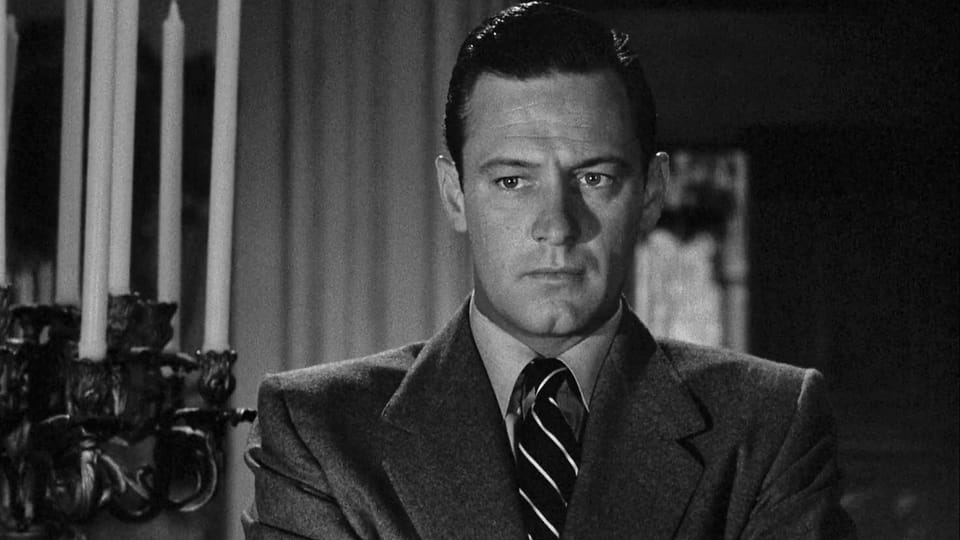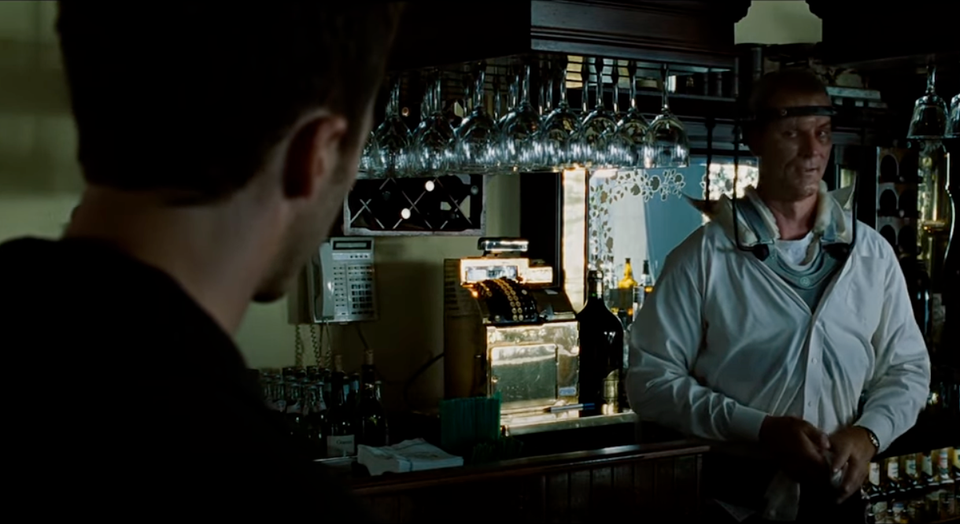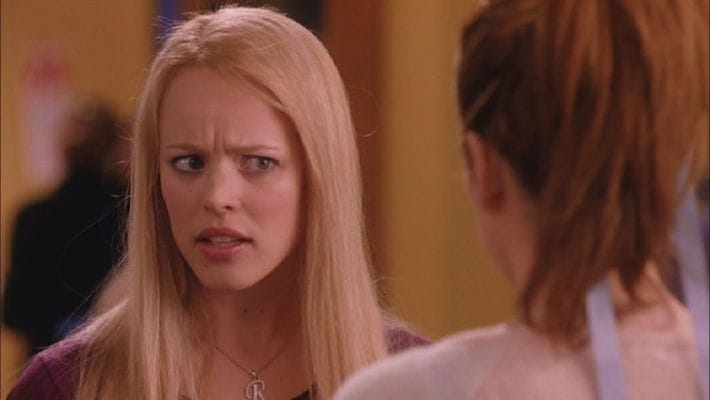Use It Or Lose It.
I want to discuss little visual actions we didn't intend to be emotional, but could. These tend to be discoveries and can be a lot of fun. In these cases, it's not whether the line of action takes up too much space, but whether it takes up ENOUGH space to really work, and therefore be worth keeping.

The Story and Plot Weekly Email is published every Tuesday morning. Don't miss another one.
This week I want to discuss "use it or lose it" lines.
It's a variation of our discussion about knowing exactly why any given sentence is in your screenplay.
It is also part of trimming a script for either page count or energy, which falls under the big umbrella of what I call the Real Estate Question.
Does the emotion or action you have written justify the space it takes up in the very limited space of your screenplay?
Last week we focused on intended emotion, which we always lean into first. It's one of our core values for a reason. This week, I want to discuss little visual actions we didn't intend to be emotional, but could. These tend to be discoveries and can be a lot of fun.
In these cases, it's not whether the line of action takes up too much space, but whether it takes up ENOUGH space to really work, and therefore be worth keeping.
Some examples. This is from a student's script where an elderly couple races inside an RV while bad guys in a sedan (the headlights) chase them.
This seems perfectly fine, right? Quick writing, good paragraphs. Your eyes move vertically at a nice pace.
If you left it alone, you'd be fine. There's nothing here screaming to be cut.
But.
Look at that line, "Opens a drawer, searches, finds what she's looking for. A box of nails."
What is the purpose of that line? The purpose is that she grabs a box of nails. That's it. That's all she needs to do here.
So why is "searches, finds what she's looking for" even there?
Sure, it hints at something. Perhaps the bad guys in the car zoom closer and she can't find the one thing she thinks will help. The nails!
There can definitely be some fun tension there.
Maybe Harry put the nails somewhere else, and she's screaming at Harry and Harry's driving, the stress getting to him, and the bad guys are RAMMING the camper and she just wants to know where the damn nails are, and poor Harry can't remember where he put them...
So it could be a moment that adds character, relationships, and fun.
But none of that is there. Here, it's just, "searches, finds what she's looking."
She wrote that moment for a reason. Something was there that resonated. She discovered something that wasn't planned as she visualized the scene in her head. Discovery is a huge part of the fun!
So we have the choice: Do we want to make a meal of this moment and explore it, as I described above? Or do we just cut it altogether?
You might be saying, "What's five words? Especially with a sentence that reads well, and the extra beat of "searching" gives us a nice visual. Does it really matter that much?"
Maybe. Maybe not. But look at what the paragraph looks like when the line is cut.
It now takes up only one of the page's 54 lines instead of two. Do you think that extra line will be valuable real estate when you have to cut this screenplay from 126 pages to 104? You bet your ass it will be.
So we make the choice to either add more lines and have fun with it, or just cut it and save the space.
Now look at the line below it.
Same question for "hesitates a nanosecond."
Why? Why does she hesitate?
Everything else is necessary to visualize the action, but how does the hesitation add value?
It could. It could be a moment where she thinks about other cars later on. We could create tension where she doesn't want to throw the nails on the road, and Harry is freaking out for her just to drop the damn things!
Again, this wasn't planned as she conceptualized the scene, but she discovered something that could be worth following.
Maybe Ivy is being ultra-precise, and the bad guys are swerving to avoid the oncoming nails, and she has to really get the timing right, and it turns out she's a 70-year-old James Bond-type.
In either case, we could have an unplanned moment that reveals character, and relationships, and be fun.
But none of that is there now. Now it's just "hesitates a nanosecond" with no clarity of actual intent.
So the original decision comes back, do we use it or lose it?
Either add the lines required to make it evoke an emotion or get rid of it entirely.
When we do this exercise in class, we can often cut 10%-15% out of a single page. That may not sound like much, but over 126 pages, you could now be looking at 114.
And we're not even cutting anything that hurts yet.
Reckless Creatives Podcast
I was a guest on the Reckless Creatives podcast with Jeanne Veillette Bowerman and Sadie Dean. Jeanne and Sadie are the editors of Pipeline Artists and Script Magazine, respectively, and they are both in the business of helping writers.
It's a fun discussion, and we talk a whole lot of shop. If you're curious about what a class is like with me, this is not a bad start.
Click here to listen to Reckless Creatives Podcast.
The Queen Mary is no more
Now the title is The Haunting of the Queen Mary. The distributor fears The Queen Mary may sound too much like a period drama, and people may rule it out before seeing the trailer. Those who have taken Perfecting The Logline know this as the quick concept, which is any title that also explains the movie. It's just marketing.
I only got story credit for the movie, and since no credit bonus was involved, I'm happy with that. It's not the film I wrote; this is all the director's, for better or worse. He's a good shooter, so I think the trailer will be good.
As always, if you enjoy this email, please forward or share! 😀 If you have questions, hit REPLY any time!
That's it for this week!
Tom
And #GoCoogs
The Story and Plot Weekly Email is published every Tuesday morning. Don't miss another one.
When you're ready, these are ways I can help you:
WORK WITH ME 1:1
1-on-1 Coaching | Screenplay Consultation
TAKE A COURSE
Mastering Structure | Idea To Outline




